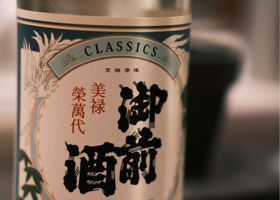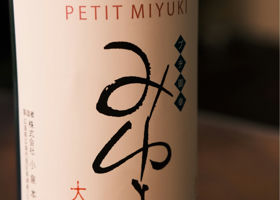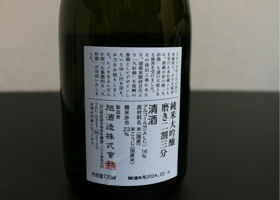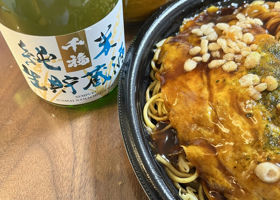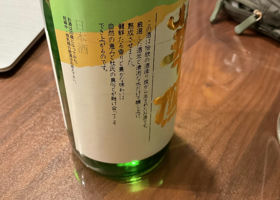


はがね
Purchased on a bullet trip to Hagi City.
I was not expecting sake, mainly because of the Matsushita Village School, but it is so good!
It has just the right amount of acidity and mellow flavor.
The ginjo aroma is not too assertive only at the moment you put it in your mouth. I think it is a versatile sake that goes well before, during, and after meals.
16% abv.
Yamada-Nishiki (Hagi City)
Sake degree: 3.0
Acidity: 1.6
Japanese>English
